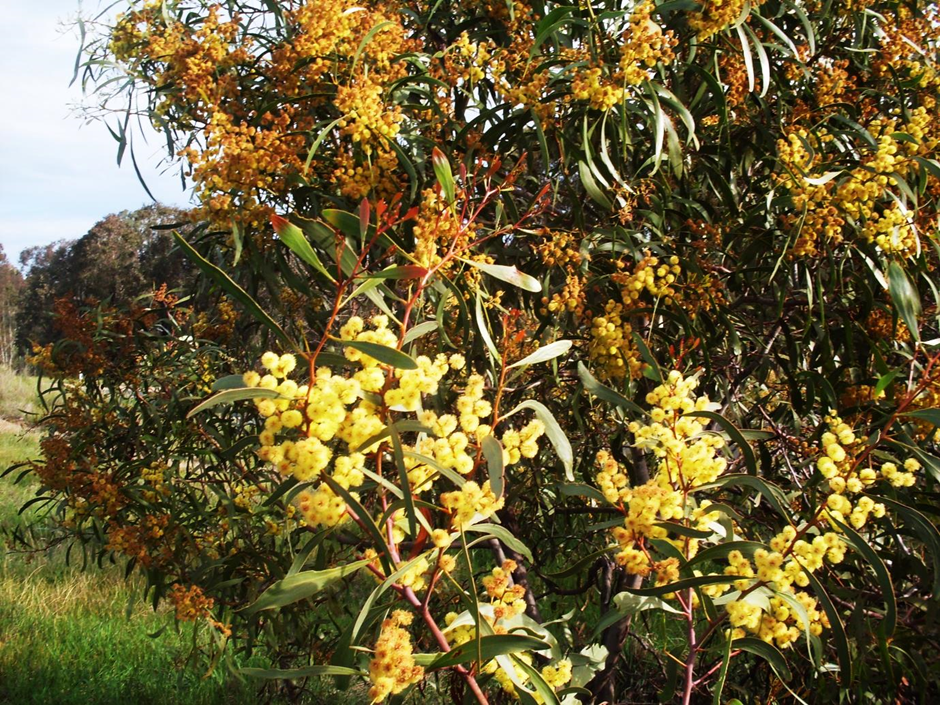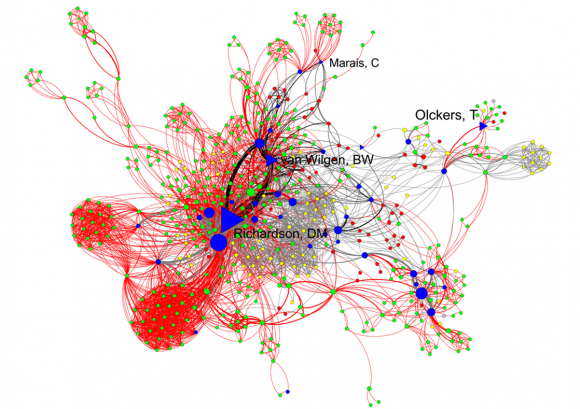19 May 2015 | By Phumza Ntshotsho
Making decisions about the clearing of invasive alien plants is not an easy process. Despite a plethora of academic literature and practical examples, managers continue to rely on experience and anecdotes instead of using scientific findings. This so-called “science-practice gap” receives a lot of attention in the scientific literature, with natural resource managers often being criticized for not using scientific evidence when making decisions in their day-to-day operations. However, little regard is given to the practical constraints that managers experience in their work environments.
A study led by former doctoral student Dr Phumza Ntshotsho, involving C·I·B staff and collaborators at the Council for Scientific and Industrial Research (CSIR), assessed the use of scientific evidence in the management of invasive alien plants in South Africa.
Using the national Department of Environmental Affairs’ Working for Water (WfW) program as a case study, the researchers showed that there are several factors that determine the extent to which science is used in decision-making. For example, the institutional context within which decision makers operate plays an important role. Organizational structure, policies, priorities and capacity influence, and may even limit, the use of scientific evidence when making decisions.
“Our findings highlight the importance of conducting research with the end user in mind. Being cognisant of other factors that may affect the practical utility of our science may encourage closer collaboration with decision makers” says Phumza. “Co-producing knowledge with end users would increase the potential for its application, which would ultimately mean we are doing impactful science”, she concludes.
Read the paper:
For more information, contact Phumza Ntshotsho at pntshotsho@csir.co.za



